The menace of “forever chemicals” is wreaking havok on our natural world. While the impact of per- and polyfluoroalkyl substances (PFAS) on human health is well-documented, a recent study has revealed the alarming toll these toxic compounds are taking on wildlife across the globe.
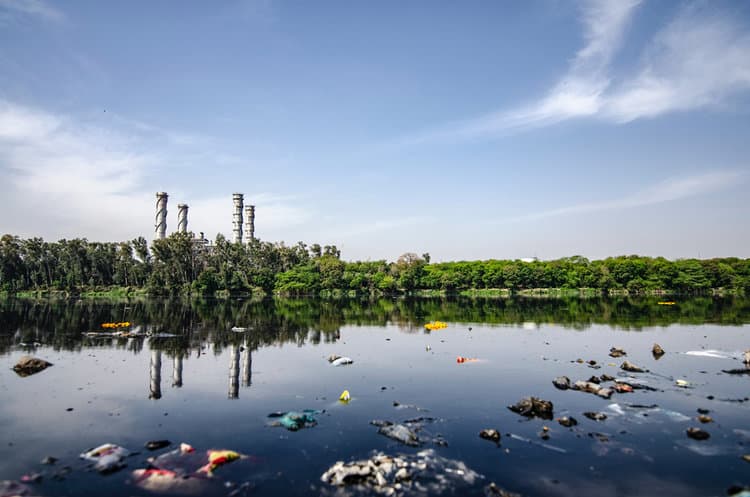
PFAS: An Unseen Peril
What are PFAS?
PFAS, or per- and polyfluoroalkyl substances, are synthetic fluorinated chemicals that have been manufactured since the 1950s. Initially used for nonstick pans, their applications have grown exponentially, infiltrating our daily lives in food packaging, clothing, electronics, and more. These “forever chemicals” don’t break down easily, persisting in the environment for years and spreading far beyond their source.
The Global Reach of PFAS
A study published in Science of The Total Environment compiled existing data from scientific journals to create a global overview of PFAS exposure in wildlife. The results are chilling – PFAS contamination has been identified on every continent, with hotspots in the U.S., Europe, China, and Australia. These toxic compounds have infiltrated even the most remote corners of our planet, posing a dire threat to wildlife.

Wildlife on the Brink: The Alarming Impact of PFAS
Unseen Consequences
While human health effects from PFAS exposure are well-documented, the toll on wildlife remains underexplored. However, emerging research is raising red flags. PFAS have been found in the brains of both animals and humans, causing nervous system damage. Lab studies reveal impaired learning, memory issues, anxiety-like behavior, and diminished motor skills in animals exposed to PFAS, particularly affecting young animals’ developing brains.
Widespread Health Horrors
The list of documented health impacts in wildlife is extensive and alarming, mirroring the effects observed in humans. As reported by the National Institutes of Health PFAS exposure disrupts the immune system, interferes with reproduction and development, damages organs (including the liver), disrupts metabolism, induces tumors, and weakens immunity. In some cases, PFAS exposure has led to irreversible negative effects, including diminished health, reproduction, and survival.
A Grave Concern for Endangered Species
PFAS pose an existential threat to many endangered and vulnerable species. As the Environmental Working Group reports, these chemicals may not deliver instant death, but they erode health over time, increasing susceptibility to diseases and diminishing the chances of survival. The impacts of PFAS on rare and endangered species exacerbate the ongoing global biodiversity crisis, where approximately half of the world’s species are already under threat from various stressors.
A Dark History, An Urgent Future
A History of Neglect
Despite early awareness of PFAS’s toxicity, manufacturers kept this information from the public, reports the University of California San Francisco. The harmful effects on human health are now undeniable, but regulations to control PFAS remain woefully inadequate. It’s time to connect the dots between chemical regulation decisions and their devastating impact on global biodiversity.
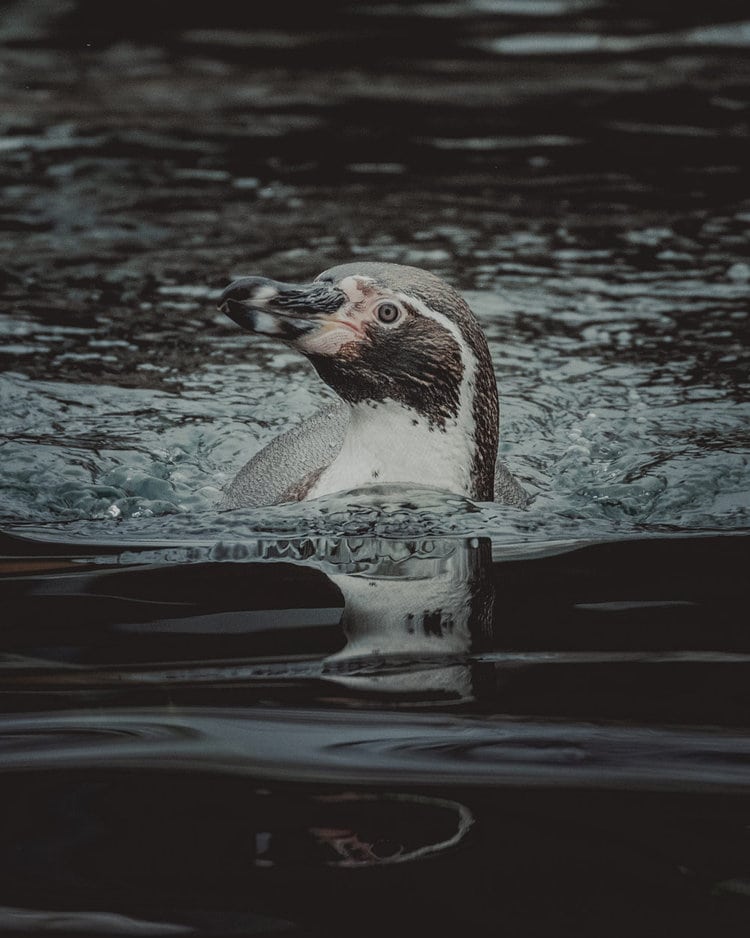
A Global Response
Around the world, PFAS regulations vary, with some countries taking decisive steps to ban certain compounds, Antea Group reports. The study authors emphasize the urgent need for comprehensive protection of wildlife from chemical pollution as the global biodiversity crisis deepens.
The discovery of PFAS contamination in wildlife worldwide is a wake-up call. As we grapple with the ongoing challenges of climate change, habitat loss, and other environmental crises, the threat of “forever chemicals” adds yet another layer of complexity to our efforts to protect our planet.
Immediate action is essential to curb the spread of PFAS and mitigate their impact on both human and animal populations. We must heed this warning and join forces to safeguard the fragile balance of life on Earth.
What you can do
Support ‘Fighting for Wildlife’ by donating as little as $1 – It only takes a minute. Thank you.
Fighting for Wildlife supports approved wildlife conservation organizations, which spend at least 80 percent of the money they raise on actual fieldwork, rather than administration and fundraising. When making a donation you can designate for which type of initiative it should be used – wildlife, oceans, forests or climate.
This article by Matthew Russell was first published by The Animal Rescue Site. Lead Image: PEXELS.

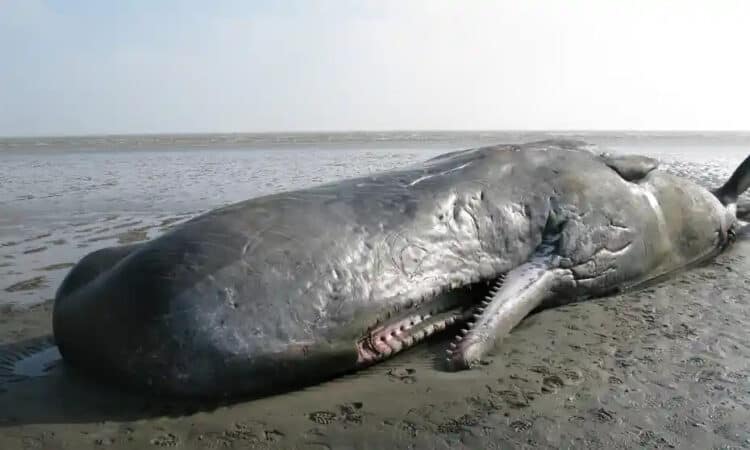


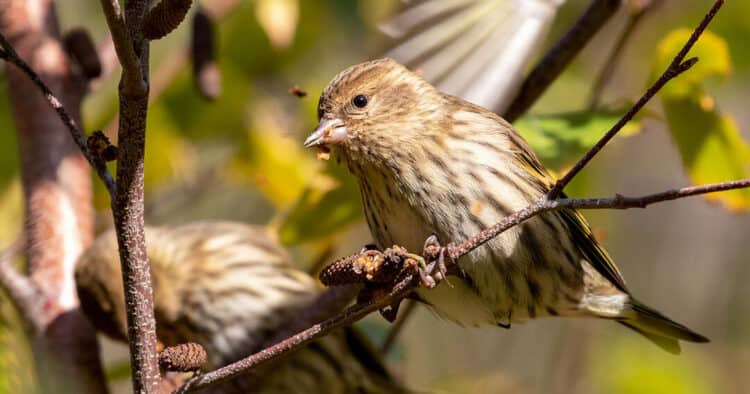
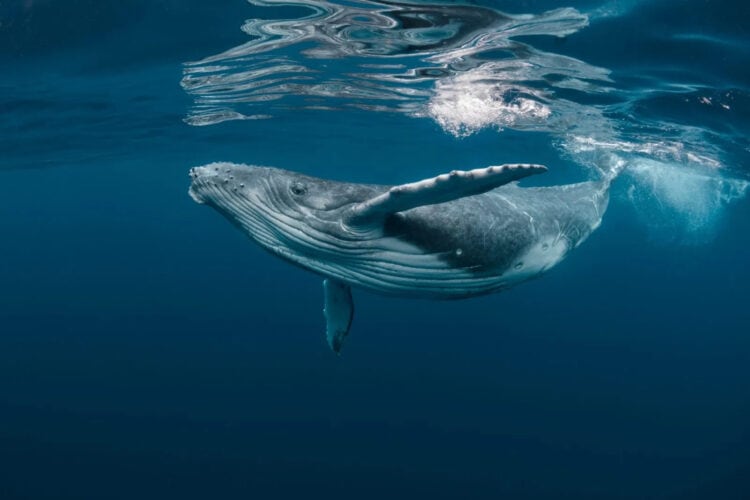
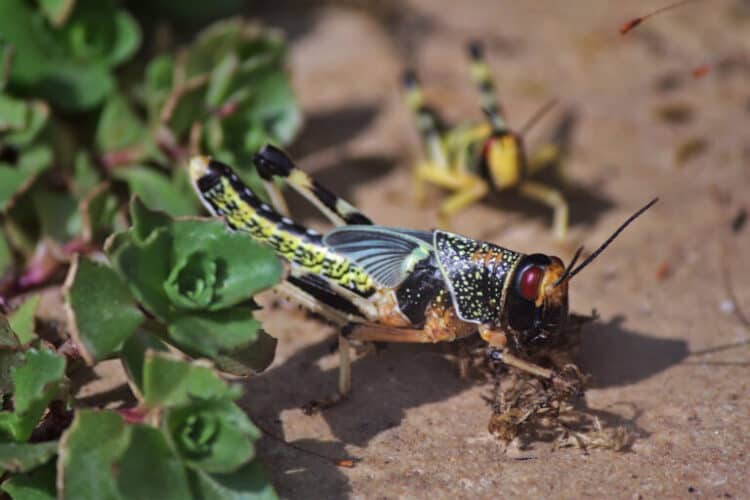
Leave a Reply